I created an LED picture on a big PCB with almost 2000 WS2812B-2020 LEDs. The bottom layer is round, and the top layer is 5V and has the LED signal routes.
I use a Pi Zero with a 74AHCT125 to control the LEDs and a 40A 5V power source connected to the PCB with an XT60 plug. I run the LEDs on around 10% of the max brightness.
Sometimes the last couple hundred LEDs behave strangely with random colors and or brightness changes. I think the signal may get weaker by the end, but it's also not happening all the time, just sometimes, which is strange. Also, when all the LEDs show the correct colors, and I disconnect the Pi, this issue stops, and the randomness never happens again, even after days.
Any idea why this happens?
Thanks in advance!
Picture of the LED:

